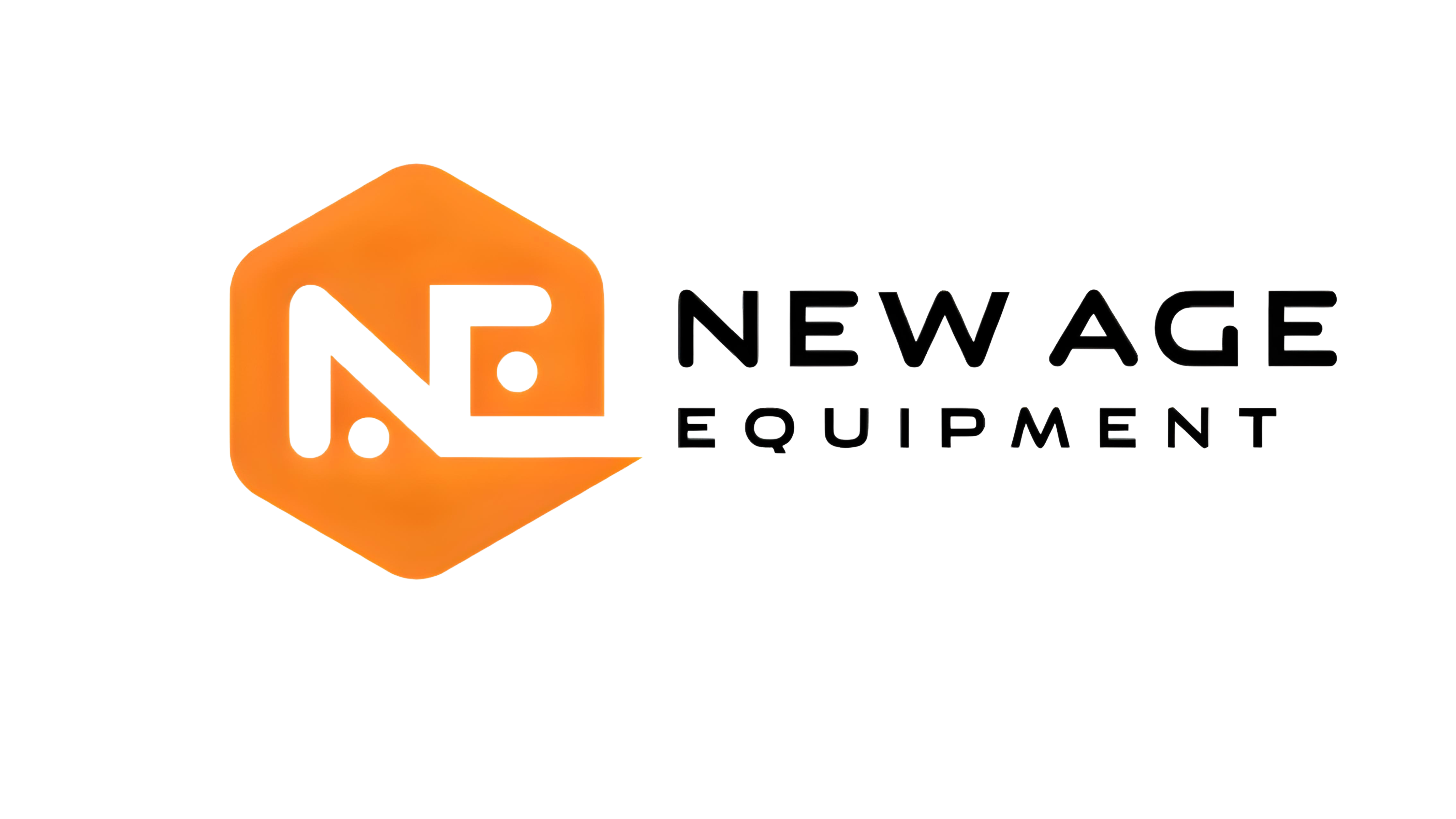Ohio Small Business Deduction - TAKE IT!
 We work with many attorneys for a myriad of reasons. Some specialize in business dealings such as mergers, acquisitions, etc. Mr. Jeff Senney, a prominent business attorney with Pickrel, Schaeffer and Ebeling, wrote the following article which discusses a deduction that owners, or equity investors, of an Ohio business who file an Ohio individual income tax return may be eligible to take each year. The deduction is commonly known as the Ohio Small Business Deduction (SBD) and began in its earliest form in 2013. The SBD allowed the taxpayer to deduct 50% of up to $250,000 of Ohio business income, for a maximum deduction of $125,000. In 2014, the deduction increased to 75% of $250,000 for a maximum deduction of $187,500. Adjustments were required also, such as add-backs for retirement contributions, the self-employment tax deduction, and the self-employed health insurance deduction that were reported on the taxpayer’s federal return for both 2013 and 2014. The deduction remained at 75% for 2015 and the requirement to add back the above-mentioned adjustments was eliminated. In its current form, the deduction is for 100% of $250,000. We hope you enjoy Jeff’s article as reproduced below.
We work with many attorneys for a myriad of reasons. Some specialize in business dealings such as mergers, acquisitions, etc. Mr. Jeff Senney, a prominent business attorney with Pickrel, Schaeffer and Ebeling, wrote the following article which discusses a deduction that owners, or equity investors, of an Ohio business who file an Ohio individual income tax return may be eligible to take each year. The deduction is commonly known as the Ohio Small Business Deduction (SBD) and began in its earliest form in 2013. The SBD allowed the taxpayer to deduct 50% of up to $250,000 of Ohio business income, for a maximum deduction of $125,000. In 2014, the deduction increased to 75% of $250,000 for a maximum deduction of $187,500. Adjustments were required also, such as add-backs for retirement contributions, the self-employment tax deduction, and the self-employed health insurance deduction that were reported on the taxpayer’s federal return for both 2013 and 2014. The deduction remained at 75% for 2015 and the requirement to add back the above-mentioned adjustments was eliminated. In its current form, the deduction is for 100% of $250,000. We hope you enjoy Jeff’s article as reproduced below.
- Norman S. Hicks, CPA
For 2016 (and subsequent years), each individual small business owner filing single or married filing jointly is eligible for a “small business” income tax deduction (SBD) against their state income tax liability equal to 100% of the first $250,000 of business income the owner receives or is allocated from a sole proprietorship or pass-through entity (“PTE”). Married filing separate taxpayers will be able to deduct 100% of business income in 2016 but only up to $125,000. Any remaining business income above these threshold amounts is taxed at a flat 3% rate.
For tax years 2014 and 2015, the SBD percentage for all taxpayers was only 75%.
PTEs include partnerships, “S” corporations and limited liability companies (“LLCs”). Income generated by the business and passed through to the owners/investors is subject to personal income tax. The deduction was originally applicable only for Ohio-sourced business income. But beginning in tax year 2015, the deduction was expanded to include eligible business income from all sources.
Individuals who directly or indirectly through a tiered structure own at least a 20% interest in profits or capital of a PTE may also include their wages and guaranteed payments from that PTE in the calculation of the SBD. It was not originally clear whether the direct or indirect ownership included constructive ownership from family members. But the Ohio Department of Taxation has recently made clear that stock attribution among family members (such as husband to wife) does not count in determining whether the individual owns the requisite 20% interest.
Taxpayers who failed to claim the SBD on their originally income tax returns should give serious thought to filing amended returns to claim the SBD for all open years. While the SBD is referred to as the “small business deduction,” there is no limit on gross receipts or assets that the PTE can have.
The SBD can be taken not only by Ohio residents on all their business income received, but also by Ohio nonresidents and part-year residents.
While electing to be included in a composite tax return makes financial sense in most states, taxpayers could be missing out on the SBD tax savings available in Ohio. A PTE cannot deduct the SBD on a composite tax return filed on a taxpayer’s behalf, and the SBD cannot be claimed on any other non-individual tax return, such as a trust return and even a nonresident withholding return. Accordingly, if an individual taxpayer has been included in a composite return or has had withholding performed by a PTE, the taxpayer may be paying more Ohio tax than necessary.
Many taxpayers may not have taken the SBD because they mistakenly thought they were required to own 20% or more of a PTE in order to qualify for the SBD. But that is not the case. The 20% ownership requirement only applies to deduction of compensation and guaranteed payments. Taxpayers owning less than 20% are still eligible to claim the SBD on their share of other qualifying business income.
Many taxpayers also do not realize that the 20%-or-more requirement only needs to be met once during a tax year. If an individual owner meets the 20% ownership test at any point during the calendar year, the individual’s entire year of compensation or guaranteed payments may qualify as business income. While not entirely clear, it is likely the Ohio Department of Taxation would try to deny the SBD where a husband and wife transferred ownership back and forth during a year in order to make them both 20% owners on at least one day during the year.
Credit given to Jeff Senney. He can be reached at 937-223-1130 or This email address is being protected from spambots. You need JavaScript enabled to view it. or https://www.pselaw.com/attorneys/jeffrey-senney. Jeff’s article can be found at: https://www.pselaw.com/ohio-small-business-deduction-take-it/
Thank you for all of your questions, comments and suggestions for future topics. We may be reached in Dayton at 937-436-3133 and in Xenia at 937-372-3504. Or visit our website.













